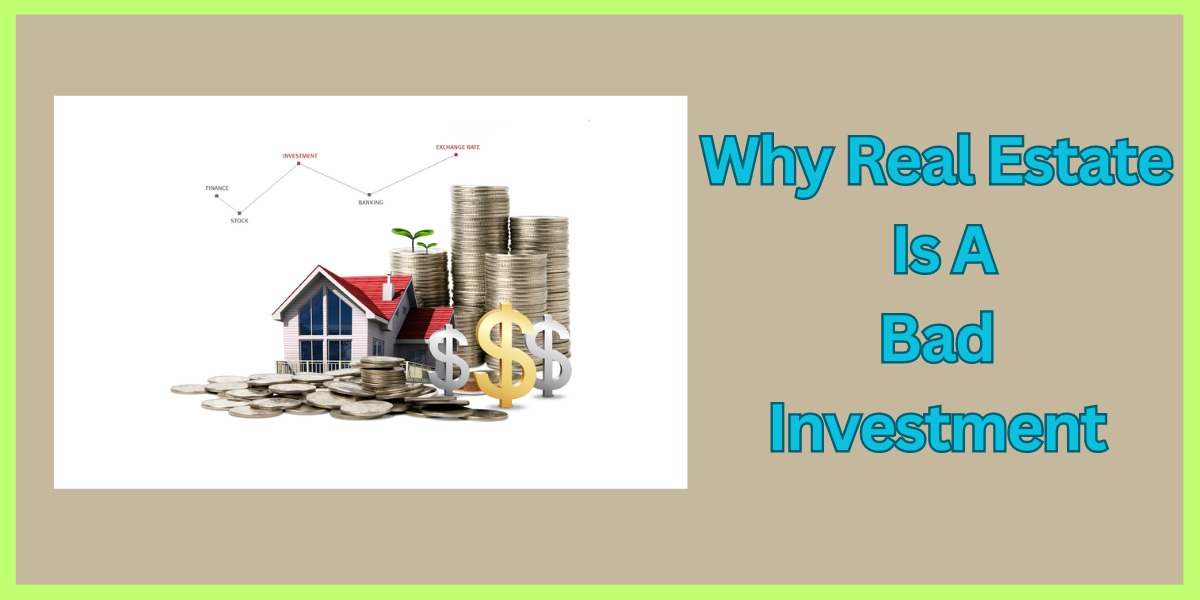Why Real Estate Is a Bad Investment
Real estate has long been considered a lucrative investment opportunity, promising stable returns and long-term growth. However, many experts argue that real estate is a bad investment for several reasons. This article will explore the factors that make real estate a risky and often unwise investment choice.
High upfront costs
One of the biggest drawbacks of real estate investment is the high upfront costs associated with purchasing a property. Investors must typically make a significant down payment, which can be as much as 20% of the property’s value, and cover closing costs and various fees. This can be a significant barrier to entry for many investors, particularly those just starting out.
Limited liquidity
Another major issue with real estate investment is the limited liquidity of the asset. Unlike stocks and bonds, which can be bought and sold quickly and easily, real estate transactions are typically slow and complex. This means that investors may need help to sell their properties quickly if they need to free up cash or if the market turns against them.
High ongoing costs
Real estate investment is not just buying a property and watching the returns roll in. Why Real Estate Is A Bad Investment Property owners must also cover ongoing costs, including maintenance and repair costs, property taxes, insurance, and property management fees. These costs can quickly eat into potential returns and make real estate investment less attractive.
Market fluctuations
Real estate prices can be highly volatile, and market fluctuations can significantly impact a property’s value. This means that investors who buy property at the wrong time may lose money if the market turns against them. Moreover, investors who buy during a market upswing may need help finding renters and have to lower their rent, potentially resulting in negative cash flow.

Risk of market saturation
Finally, there is always a risk of market saturation in real estate. As more investors enter the market and build new properties, the supply of available properties may eventually outstrip demand. This can lead to falling property prices and a drop in rental income, making real estate investment less profitable.
Conclusion
While real estate investment may seem attractive on the surface, it is important to consider the many risks and downsides before making any investment decisions. High upfront costs, limited liquidity, ongoing expenses, market fluctuations, and the risk of market saturation all make real estate investment a risky proposition. Investors looking for more stable and predictable returns may be better served by other investment opportunities such as stocks, bonds, or index funds.







